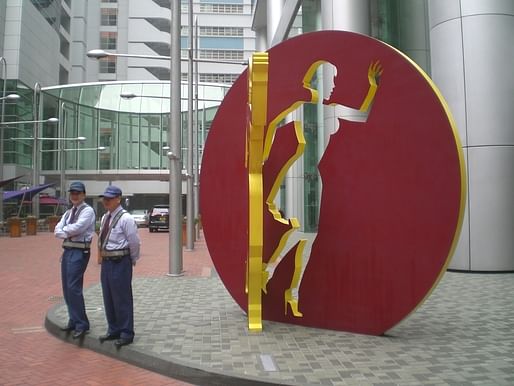

Winter is on the wing, and spring is filtering in with fresh air, fresh thought and sunshine... and Mental Health Awareness Month.
This annual opportunity to raise public awareness about mental health was established by the National Association for Mental Health (now Mental Health America) in 1949, around the same time as legislators were founding the Housing Act of 1949, which would instigate urban development and renewal in America, and thus start to reshape our cities. Although the Housing Act plans did not pan out as originally intended, what was begun was a serious start to looking at how cities and the built environment could be inclusive and supportive of all citizens.
Of interest is what happens when we combine Mental Health Awareness with the built environment. How are we as designers, planners and citizens integrating what the past 68 years have shown us to do, or as Jane Jacobs would say, what to not do?
'Yes, the empire is sick, and, what is worse, it is trying to become accustomed to its sores. This is the aim of my explorations: examining the traces of happiness still to be glimpsed, I gauge its short supply. If you want to know how much darkness there is around you, you must sharpen your eyes, peering at the faint lights in the distance.' - Calvino, Italo. Invisible Cities. New York: Harcourt Brace Jovanovich, 1978.

City Shadow by Allen Jones, Sculptor, Wikimedia Commons
Each year a theme is presented for Mental Health Awareness Month, which is explored through the rest of the year. This year’s theme is “Risky Business” and focuses on the diverse risk factors for developing mental illness. The upcoming Mental Health America Annual Conference is aptly titled Sex, Drugs, and Rock & Roll, and will examine some of these risk factors.
“We believe it's important to educate people about habits and behaviors that increase the risk of developing or exacerbating mental illnesses, or could be signs of mental health problems themselves. These include risk factors such as risky sex, prescription drug misuse, internet addiction, excessive spending, marijuana use, and troublesome exercise patterns." - Mental Health America (MHA)
However, risks to mental health are not confined to individual factors. The built environment can help create and maintain risk factors for mental illness by increasing stimulation while stripping away protective factors for good mental health, for example:
Architects, urban planners and designers can make an impact. We, as designers of the world around us, can Mind the GAPS to help address these risks. We can open doors, create opportunities in our cities, societies, and communities to support awareness and address risks to improve mental health for all. We can dive into our own creative intelligence and promote green space, walkable cities, and infrastructure that allows us to move around and express happiness & health. We can look for where our efforts support or create opportunities for social interaction, community support, and personal freedom. We can advocate for creative space, for communal space, and for safe, meditative place. Through these efforts we can play a role in improving mental health across the board. Designing healthcare facilities, buildings, public spaces, and communities that take into consideration all the sensitive aspects of being unwell, creating humane opportunities for refuge (or outlet), and pro-actively advocating the development of physical places for healing and wellness. Being knowledgeable about what hurts, what helps, what heals. These are starters. We can:
 Jay Pritzker Pavilion, Millenium Park, Chicago (Illinois), USA, Wikimedia Commons
Jay Pritzker Pavilion, Millenium Park, Chicago (Illinois), USA, Wikimedia Commons
“Under the seeming disorder of the old city, wherever the old city is working successfully, is a marvelous order for maintaining the safety of the streets and the freedom of the city. It is a complex order. Its essence is intricacy of sidewalk use, bringing with it a constant succession of eyes. This order is all composed of movement and change, and although it is life, not art, we may fancifully call it the art form of the city and liken it to the dance — not to a simple-minded precision dance with everyone kicking up at the same time, twirling in unison and bowing off en masse, but to an intricate ballet in which the individual dancers and ensembles all have distinctive parts which miraculously reinforce each other and compose an orderly whole. The ballet of the good city sidewalk never repeats itself from place to place, and in any once place is always replete with new improvisations.” ― Jane Jacobs, The Death and Life of Great American Cities
Although it can be challenging to think about mental, emotional, and behavioral health problems, ignoring them won’t make them go away. When there is illness, it affects those nearby. When many are ill (as in 1 in 4 estimated) it affects society at large. It is necessary to take good inventory of the risk factors within the built environment, if we are to help rebuild, strengthen, repair and recover.
Further information
Urban design and mental health:
Mental Health Awareness Month:
SEE ALSO: http://www.urbandesignmentalhealth.com
Architecture, Design, Humanity, Mental Health, Behavioral Health, HealthCare Matters
No Comments
Block this user
Are you sure you want to block this user and hide all related comments throughout the site?
Archinect
This is your first comment on Archinect. Your comment will be visible once approved.